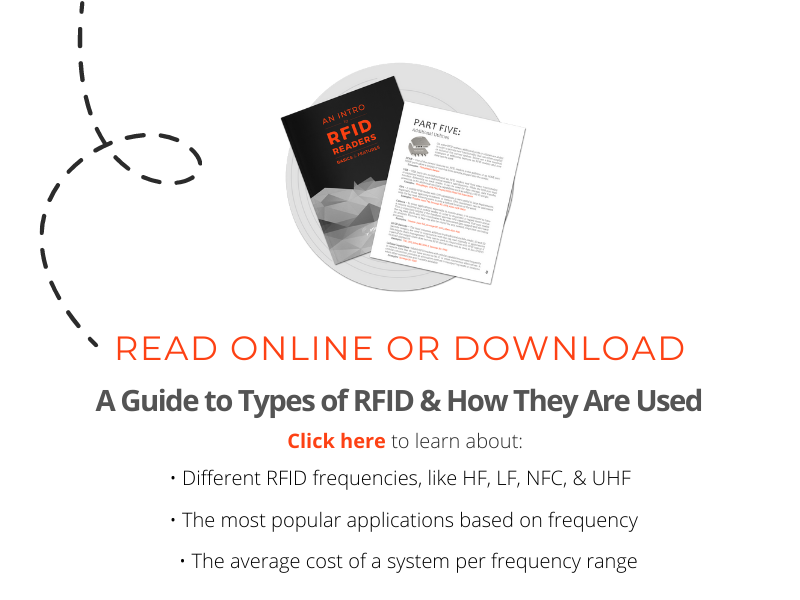UHF RFID Frequency Regulations
Introduction
UHF RFID Frequencies vary in each country based on each country’s regulations. Each country adopts an UHF RFID frequency that best fits within that country. These frequency ranges and standards were first put in place by a group of organizations - the International Organization for Standardization (ISO), the International Electrotechnical Commission (IEC), ASTM International, and EPC Global. These frequency bands are now known as the ISM bands, or the Industrial Scientific and Medical Bands.
UHF RFID technology uses two main frequency ranges — 902-928 MHz and 865-868 MHz; however, a few countries have adopted either multiple bands or unique ranges on the ISM standard. One such country is Brazil who has adopted two uncommon frequency ranges within the 902-928 MHz range — one being 902-907.5 MHz and the other being 915-928 MHz. In order for UHF RFID equipment to be in compliance with Brazil's regulations, the RFID reader needs to be set to broadcast within Brazil's specific frequency ranges. This means that if you bring a UHF RFID reader to Brazil and operate using the full 902-928 MHz frequency range, you are in violation of local governmental regulations.

Frequency ranges also are subject to change. Japan, who previously used two very unique frequency ranges — 952-956.4 MHz and 952-957.6 MHz — has now changed to a frequency range within the 902-928 MHz range. Japan’s frequency range is currently 916.7-920.9 MHz (although 925-957.6 MHz will still be effective until March 31, 2018).
The map above shows the most common UHF frequencies for each country, but some countries have not adopted any frequency range yet. An example of a country that has not adopted a set frequency range would be Egypt who is currently working on getting that into place (as of the time of this article's original published date).
Before you decide on which UHF RFID equipment is right for your region, please take a look at the proper UHF regulations for each country, or simply ask by leaving a question in the comments section below.
Conclusion
If you would like to learn more about all things RFID, check out our website, our YouTube channel, comment below, or contact us.
To read more about RFID frequencies, check out the links below!

